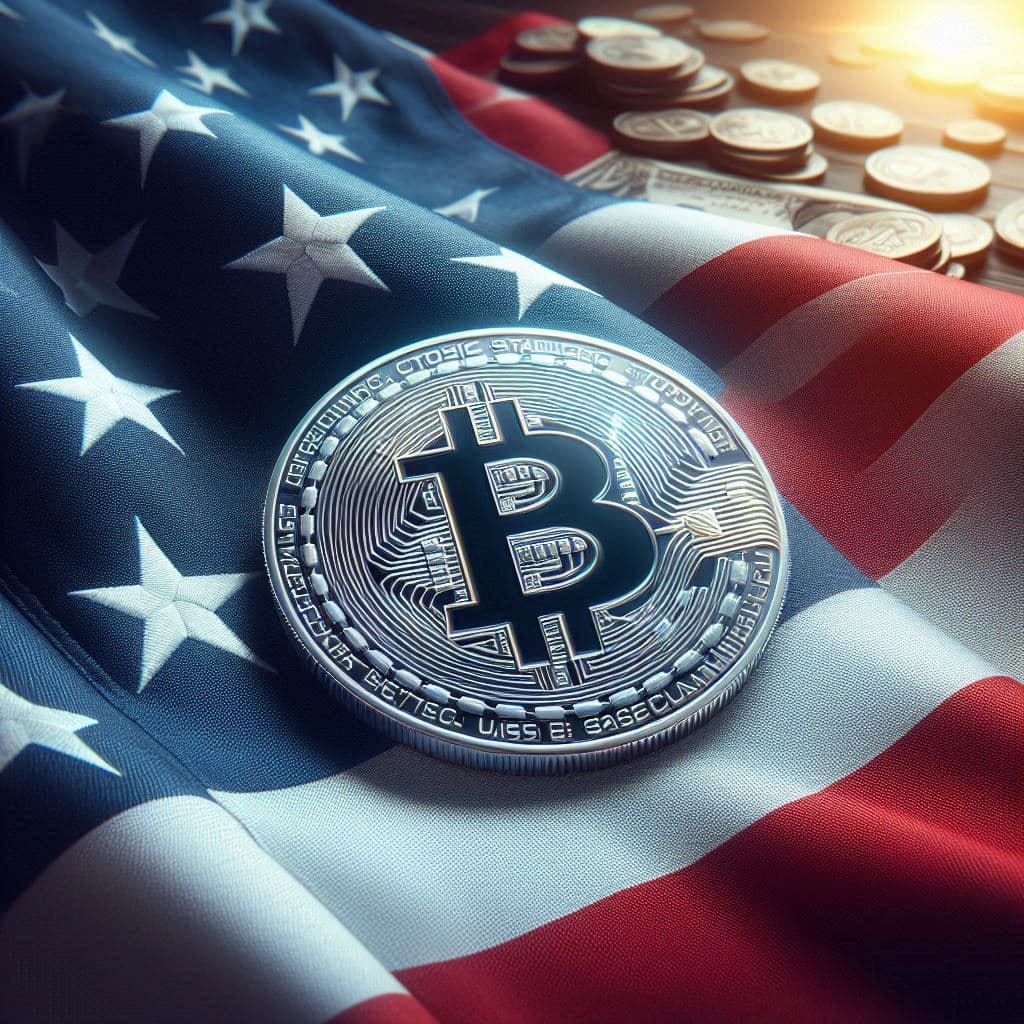
The labor market continues to show strength.
That reflects a vibrant private sector, albeit one that is still processing tariff uncertainty. It also reflects the fact that President Trump’s government cuts haven’t shown up yet in the employment data.
But there’s another trend – one that shows some economic uncertainty right now: A soaring population of people holding second jobs.

The number of Americans holding down two jobs has soared to a record high.
The 8.87 million Americans holding second jobs likely fall into two groups. The first are those who work a second job by choice – the so-called “side gig.”
The second group? Those who are struggling economically.
Given that the cumulative inflation of the past five years has topped 25% by the government’s own numbers, and that wages haven’t increased that much, the second category indicates a strain by American workers right now.
It’s another yellow flag that the economy isn’t in a sustainable trend – but we likely have more upside in the stock market before things get worse.
~ Andrew
P.S. Part of President Trump’s Great Reset plan is to increase private sector jobs in America. But that trend will also take time to play out. As long as inflation doesn’t surge significantly higher in the coming months, there’s a chance things could get better for consumers.
As always, your reader feedback is welcome: feedback@greyswanfraternity.



